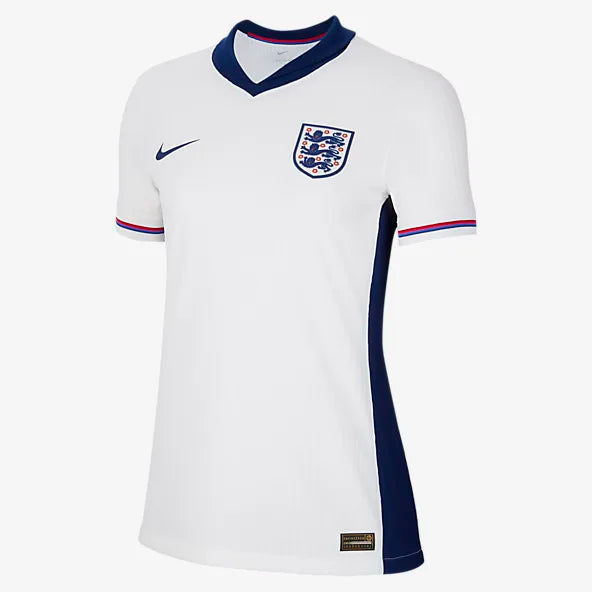With the recent unveiling of football kits by industry giants like Nike and Adidas for upcoming international tournaments, the spotlight once again shines on football shirts. The unveiling of the latest England shirt, embroiled in controversy over the changing of a flag, only serves to magnify a much larger problem that has been brewing for years.
The exorbitant prices attached to football shirts, such as the £124.99 price tag for adult sizes and £119.99 for children, represent a significant barrier to entry for many fans. Even the replica shirts, priced at £84.99 for adults and £64.99 for children, remain out of reach for a substantial portion of enthusiasts. Football, a sport meant to be inclusive and accessible to all, seems to be sending a different message through these steep prices – one that suggests it's only for those who can afford it. With the constant balancing act coming out of covid to financial issue with the global economy to the wars that are ongoing makes you ask does the FA and the large kit makers care? What have they done to help? When you read this do you feel like they do?
Now you ask how does this lead into Counterfeit merchandise and fake football shirts? A perfect storm is being created that is introducing this problem and making it larger and bigger. All the problems issued above regarding the world standing and the countries standing but also the pricing is proving a market for those that make fake shirts to offer something much cheaper and easier to obtain. If someone can offer the same shirt at £25 instead of £64.99 for a child's kit in most cases you are going to take that option.
Delving into the statistics sheds light on the staggering scale of the counterfeit merchandise industry. According to Statista, global losses to counterfeit goods amounted to 26.3 billion euros in 2020 alone. In the clothing sector, between 2018 and 2021, an estimated 160,000 potential jobs were lost due to counterfeiting, as per data from the European Union Intellectual Property Office (EUIPO). Government reports indicate that leading up to the last World Cup, authorities seized an estimated £500,000 worth of fake football shirts in just a few months, underscoring the magnitude of the issue.
The funds generated from counterfeit football shirts often find their way into criminal activities, ranging from child exploitation to cybercrime. While it may be easy to lay blame solely on the counterfeiters and the crime gangs. The environment conducive to such crimes is created by the high prices set by manufacturers and football associations. When authentic shirts are priced beyond the reach of many fans and players continually endorse them as the epitome of style, it creates a perfect storm for counterfeiters and gangs to thrive.
The question then arises – where does the responsibility lie? Is it with the likes of Nike, Adidas, and other shirt makers, or perhaps the football associations themselves? The FA, in particular, faces scrutiny for advocating mass inclusion in football promoting themselves as for the people and talking all the acclaim for being successful on the pitch and in grassroots football but they need to take the criticism and take the responsibility, why? because they are clearly reaping the financial rewards from lucrative kit deals.
As fans and stakeholders we need to demand answers and transparency from the FA and other governing bodies, it's imperative to address the systemic issues driving the rise of counterfeit football merchandise. Only through collaboration and a commitment to accessibility can football truly fulfill its promise of being the people's game.
In conclusion, the rise of fake football shirts is not merely a consequence of criminal activity but a symptom of a larger problem rooted in exclusivity and exorbitant pricing. It's time for the football industry to reflect on its values and take meaningful steps towards ensuring that the beautiful game remains accessible to all. Football is a game for all and we need to make sure the corporate arm of football which is trying to turn football fans into a cash cow needs to be reminded again that without fans football is nothing without the children playing football in the parks and using jumpers for goalposts in the rain pretending to be their heroes that is what football is all about the dream.

